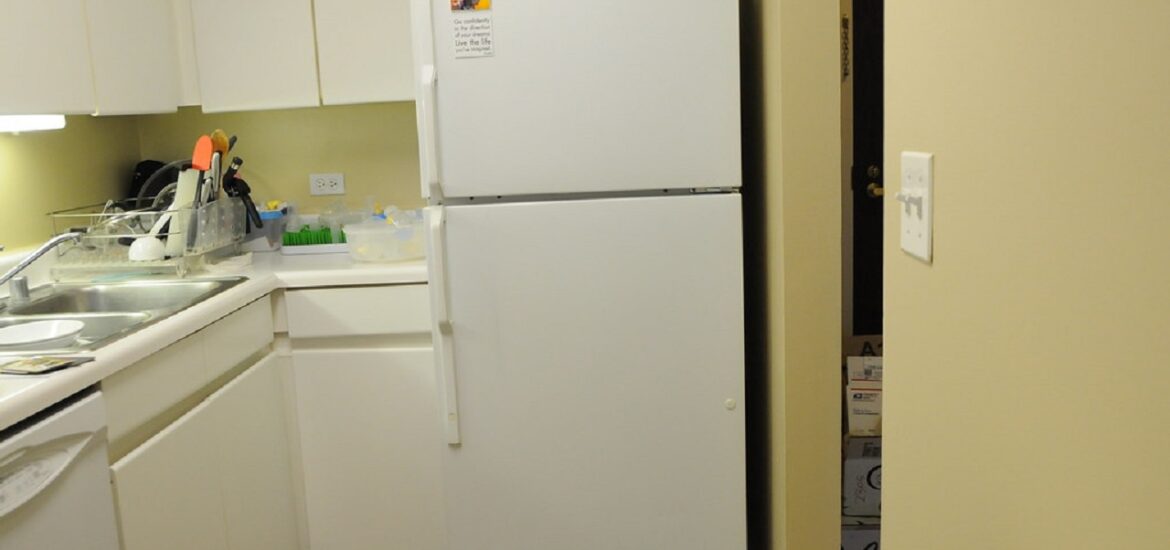How does an absorption fridge work, you ask? Absorption fridges are a bit different from the conventional fridges you’re used to, but they’re just as cool—pun intended. In this article, we’ll explore what makes them unique and dive into the science behind these fascinating appliances.

Table of Contents
What is an Absorption Fridge
An absorption fridge, unlike a regular fridge, uses heat and a special mixture of chemicals to create a cooling effect. It’s a nifty alternative to the more common compressor-based systems, and it’s perfect for certain applications. But what sets them apart, exactly? Let’s find out!
Are Absorption Fridges Any Good
Of course, you’re curious about whether absorption fridges are worth the hype. While they have some excellent benefits, like being quiet and energy-efficient, they also have some limitations, such as temperature stability. We’ll weigh the pros and cons so you can decide if they’re right for you.
How Does An Absorption Fridge Work?
Ready to put on your science hat? We’re about to explore the fascinating process of absorption and how it’s used in these fridges. Trust us; it’s cooler than you think!
How Does Absorption Work
Absorption, in a nutshell, is when one substance soaks up another. In absorption fridges, this process is key to creating the chill we’re after. But how does it all come together? We’ll break it down for you, step by step.
Key Components of an Absorption Fridge
Four main components make up an absorption fridge: the generator, condenser, evaporator, and absorber. Each plays a critical role in the cooling process. We’ll go over what they do and why they’re essential to this unique refrigeration system.
Read our other articles on absorption refrigeration – Absorption Refrigeration: Easy Guide to Understanding It
How an Absorption Fridge Operates
Now that we’ve laid the groundwork, let’s get into the nitty-gritty of how an absorption fridge actually works. We’ll walk you through the refrigeration cycle and discuss the various power sources that can be used to run these appliances.
The Refrigeration Cycle
The refrigeration cycle in an absorption fridge consists of four main steps: heating, separating and condensing, evaporating and cooling, and absorbing and recycling. We’ll explain each step in detail, so you have a complete understanding of how these fridges keep your food cold.
Power Sources for Absorption Fridges
One of the coolest things about absorption fridges is their versatility when it comes to power sources. They can run on gas, electricity, or even both! We’ll compare the different options and help you decide which is best for your needs.
Frequently Asked Questions About Absorption Fridges
We know you have questions, and we’ve got answers! In this section, we’ll tackle some of the most common queries about absorption fridges, such as how often they run and how cold they can get. Read on for some enlightening insights!
Does an Absorption Fridge Run All the Time
One question on everyone’s mind is whether absorption fridges run constantly. The truth is, it depends on various factors, such as the fridge’s design and the surrounding temperature. We’ll dig into how these fridges maintain their cool and what affects their running time.
How Cold Does an Absorption Fridge Get
So, how chilly can these fridges actually get? The temperature range varies, and it’s influenced by factors like the fridge’s size and the ambient temperature. We’ll delve into the specifics and discuss the factors that can affect the cooling performance of an absorption fridge.
Applications of Absorption Fridges
Curious about where you might find an absorption fridge in action? From residential uses to commercial applications, we’ll explore the various scenarios where these alternative fridges really shine.
Residential Use
Absorption fridges can be a fantastic choice for off-grid living and mobile homes, like RVs and boats. We’ll discuss the advantages of using these fridges in these situations and why they might be the perfect fit for your unconventional abode.
Commercial Use
From hotels and restaurants to industrial and scientific applications, absorption fridges have a wide range of commercial uses. We’ll look at how these versatile appliances can benefit various industries and why they’re a popular choice for certain businesses.
Conclusion
So there you have it! Now you know how absorption fridges work and the situations where they’re an ideal choice. As we continue to explore alternative refrigeration technologies, who knows what cool developments the future holds?